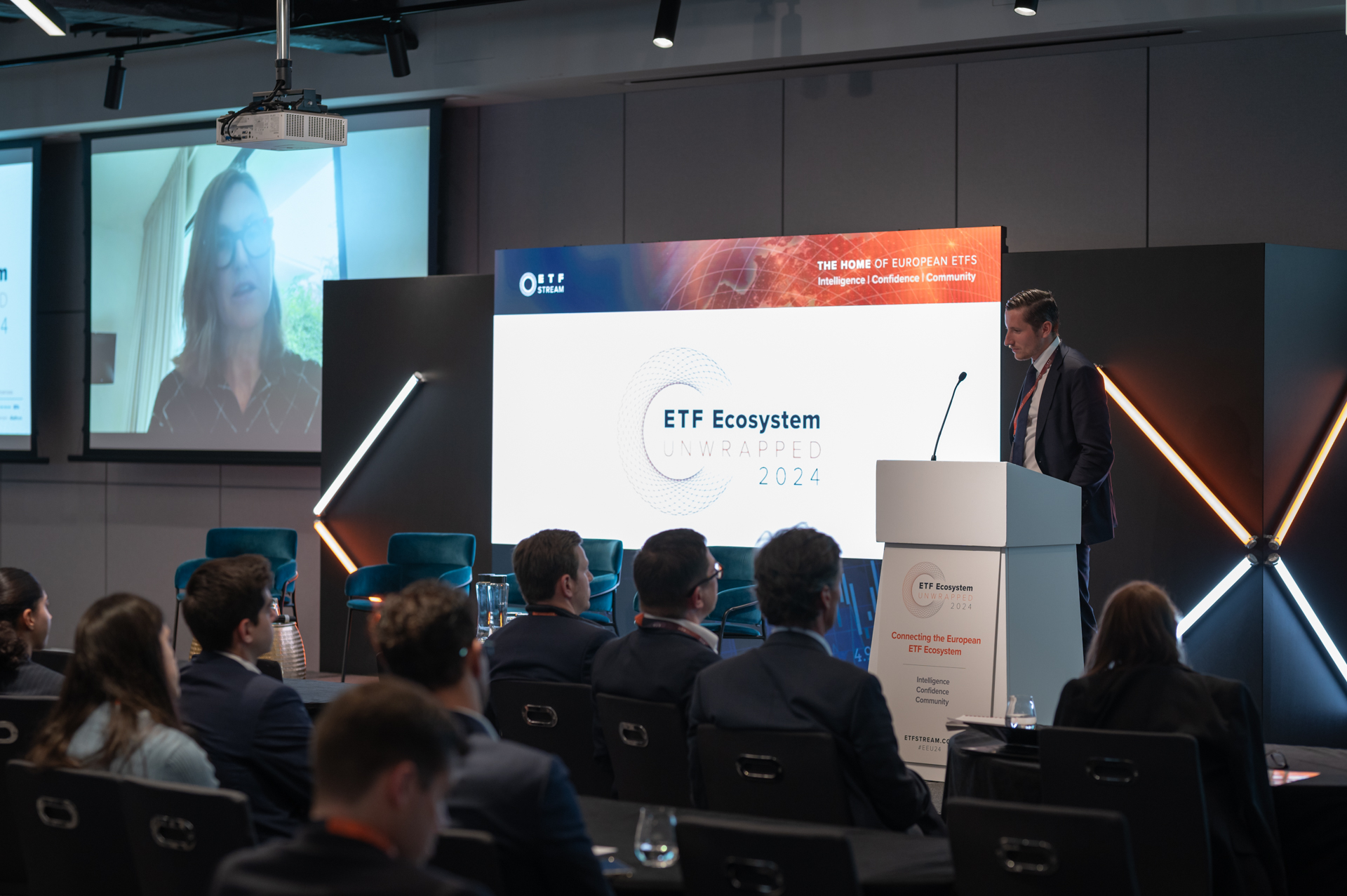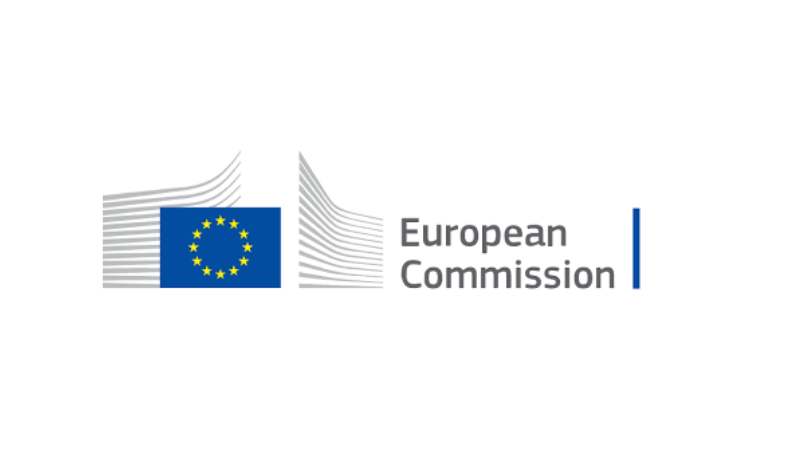1. Cathie Wood: ‘The Big Interview’
ARK’s entry into Europe has been a leading topic in the ETF industry over the last year. Following the launch of three thematic UCITS ETFs in April, ‘The Big Interview’ saw ARK CEO Cathie Wood discuss all things Nvidia, citing reasons for selling out last January and the need for a “significant price correction” to reinvest.
Wood explained that Nvidia is a cyclical stock that would need a significant price correction to reinvest, and instead, the capital that was once invested in Nvidia has been allocated to other software companies – like Coinbase - across its range of ETFs.
2. BNPPWM CIO Shing: ‘my crystal ball is broken’
As investors continue to grapple with predicting when the Federal Reserve might lower interest rates for the remainder of 2024 and 2025, Edmund Shing, CIO at BNP Paribas Wealth Management, said investors must instead prioritise managing market uncertainty rather than trying to predict when the Fed will lower rates.
‘Your guess is as good as mine, my crystal ball is broken,’ Shing said. As a result of the unpredictability – speaking at the same panel – Dan Scott, head of multi-asset at Vontobel Asset Management, said investors should lean toward diversifying with other asset classes, such as commodities.
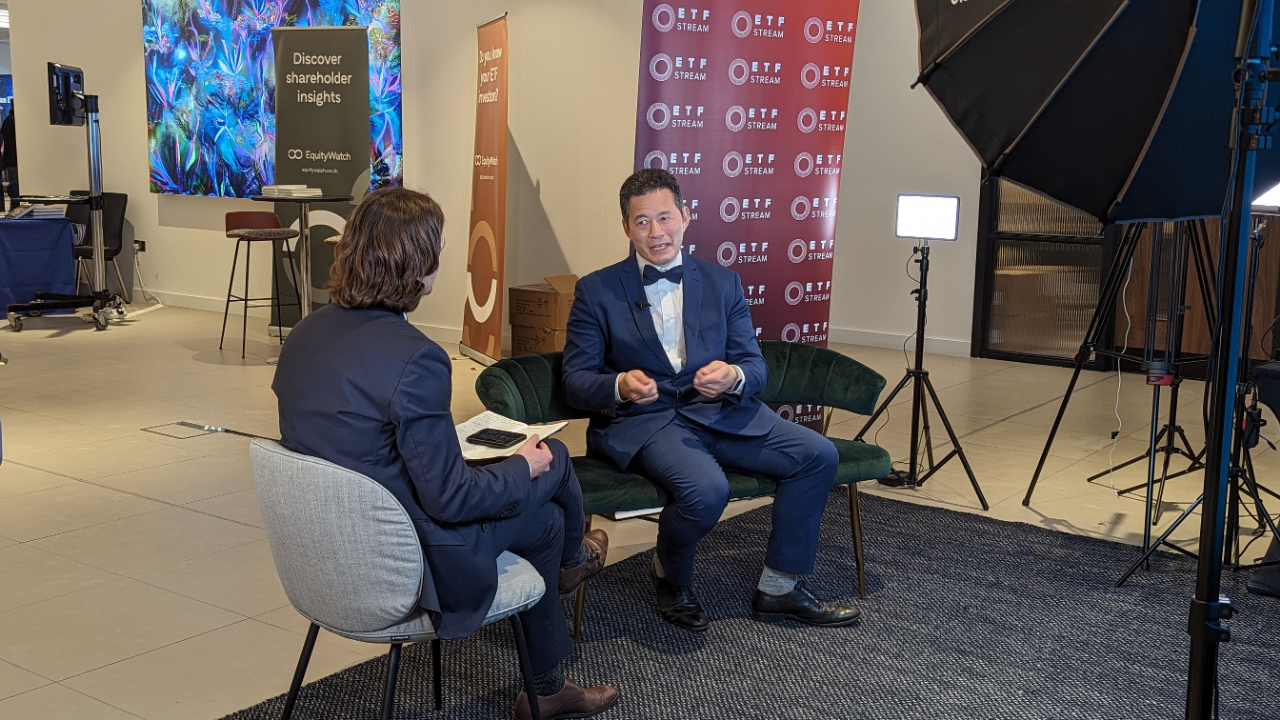
3. Active ETFs on the rise
Active ETFs have taken centre stage again at ETF Ecosystem Unwrapped 2024 after last year’s EEU detailed their rise. Robyn Laidlaw, head of distribution for Europe at Vanguard noted the passive giant could look to launch active ETFs amid “a new era of fixed income investing”.
Travis Spence, head of EMEA ETF distribution at JP Morgan Asset Management (JPMAM), also highlighted the opportunity for innovation in the active fixed income space, with the small portion of actively managed fixed income ETFs demonstrating the large opportunity issuers could capture.
“I think there are only 33 out of 450 fixed income ETFs that are active,” Spence said. In addition, Spence noted he is “encouraged” by the number of asset managers that are looking to enter the active ETF space. “More choices are great for investors and investors need that,” he said.
4. Harmonisation on ETF share classes needed
Another hot topic that emerged was the ETF share class naming convention needing to be standardised across Ireland and Luxembourg, with Ciaran Fitzpatrick, head of ETF solutions for Europe at State Street, stating he would “love to see the naming convention removed”.
Fitzpatrick added that the naming convention was not made to stop asset managers creating ETF share classes of mutual funds but instead was a consequence of out dated regulation.
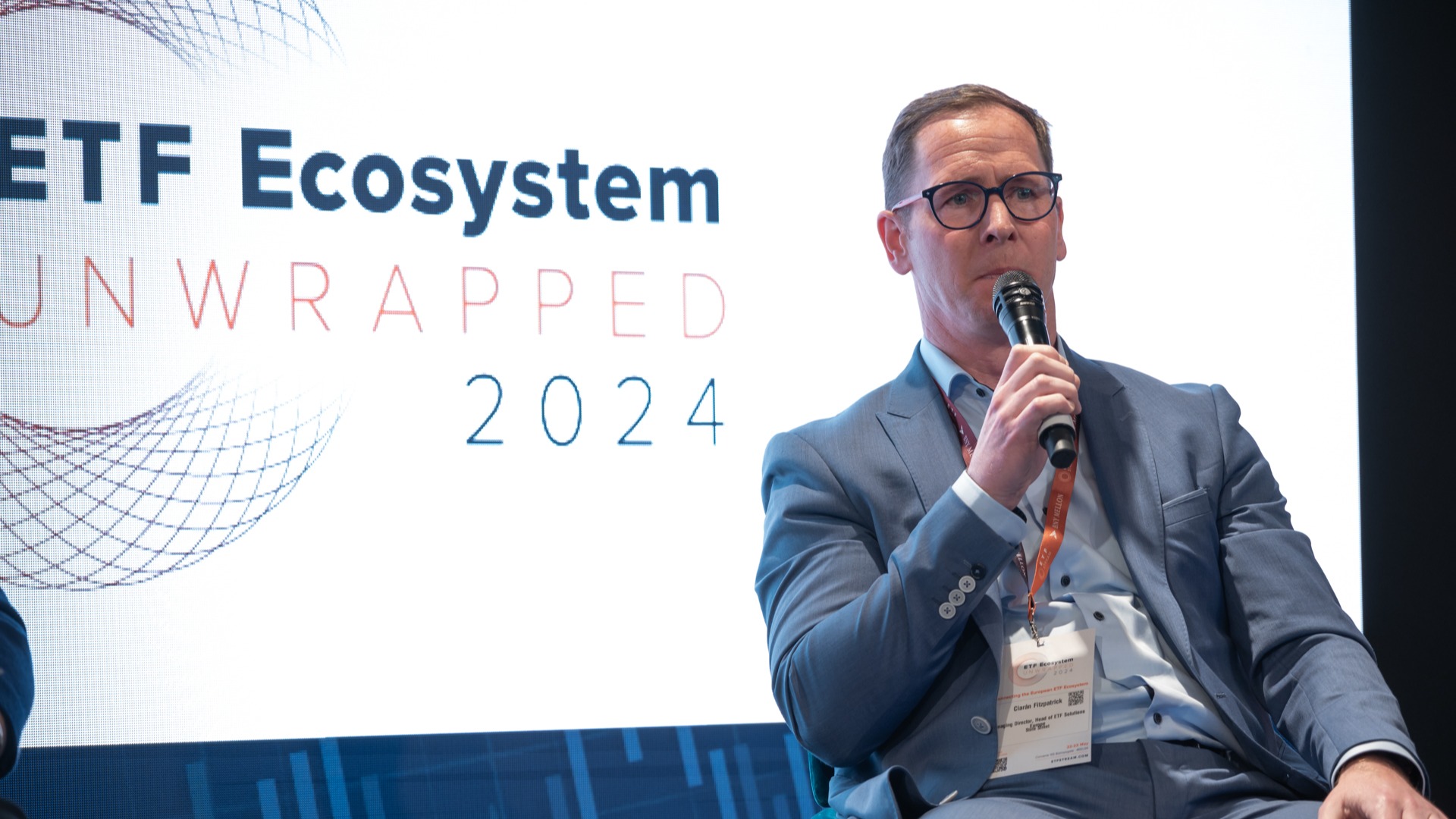
5. Growth of retail
When asked how to get retail investors interested in ETFs in Europe JPMAM’s Spence noted, “it is primarily about education and access”.
“A lot of people are already investing in them, especially through German savings plans which are now gaining popularity across Europe. ETFs are becoming a preferred investment vehicle, and there is a growing demand for more options and alternatives,” added Spence.
Matthew Tagliani, head of EMEA ETF product and sales strategy at Invesco, added “engaging a younger audience was key to expansion and using “short and concise” content, like short social media videos, would be a good tool to do so.
6. Outlook for bonds
A bleak outlook for bonds was detailed by Michael Howell, managing director at CrossBorder Capital, with US bond yields standing at 5.5%. Howell said the Federal Reserve and other central banks are likely to continue easing monetary policies, creating a more favourable environment for risk assets. “This is the sweet spot for markets, forget bonds and try looking at a trade which is long gold or long and short bitcoin.”
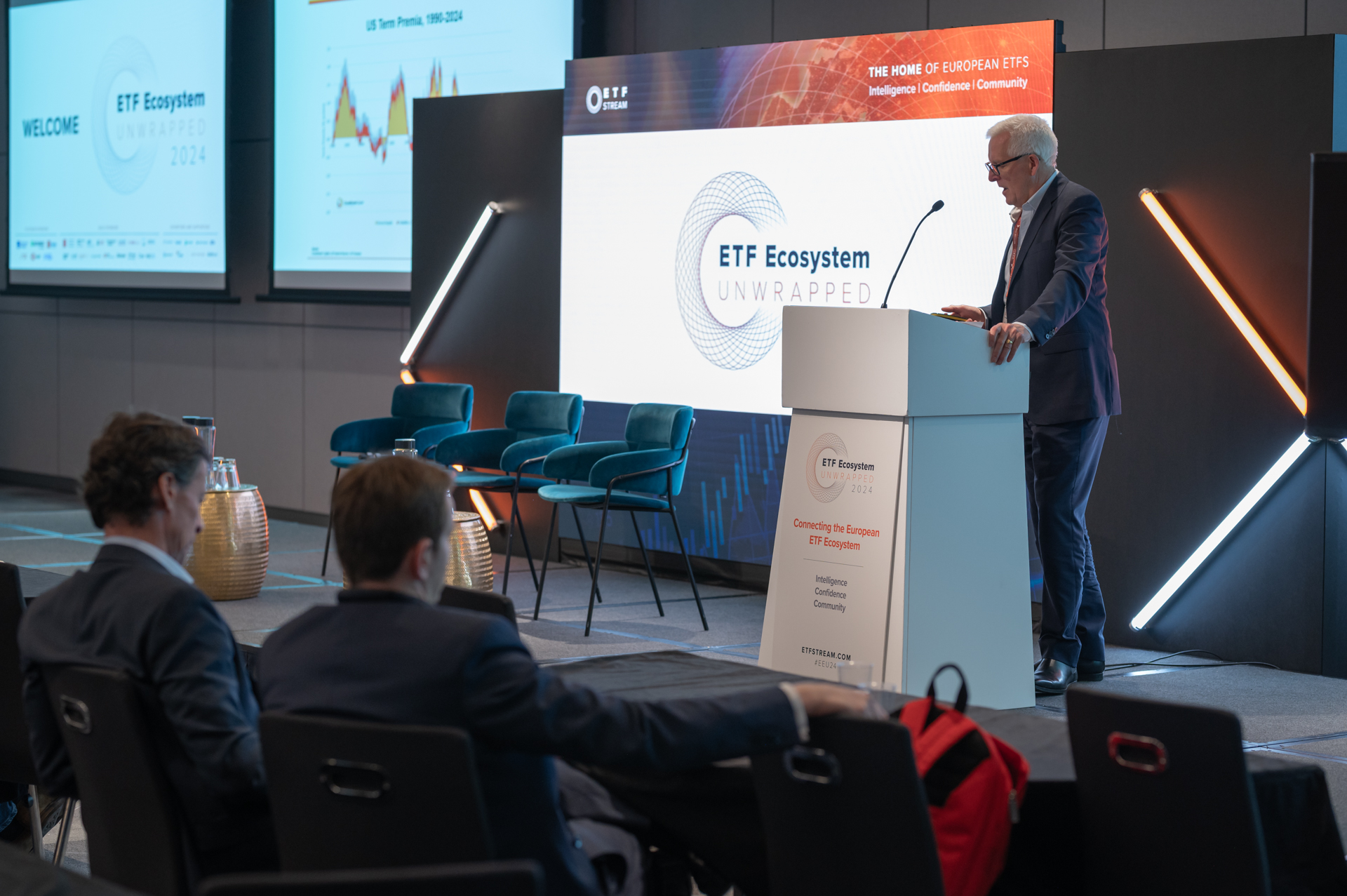
7. Ban on inducements ditched
The European Commission provided an update on the EU’s Retail Investment Strategy (RIS), which has recently faced setbacks through the European Parliament’s recent removal of a ban on inducements.
As a result, concerns have been raised about potential conflicts of interest and higher fees for ETF investors. Helene Bussieres, deputy head of asset management at the European Commission, stressed the role of retail investors in ETFs and the RIS's intent to mitigate these conflicts.
“We want to avoid a situation where investors are recommended products that do not offer good value for money,” Bussieres said.
The outcome now depends on upcoming negotiations between the European Parliament and Council.
8. Investors torn on China
Investor’s views on China continued to diverge at EEU, with Manish Singh, chief investment officer at Crossbridge Capital, continuing to be bullish on the region and stressing that valuations remain cheap.
Meanwhile, John Redwood, global chief strategist at Charles Stanley, contrasted Singh’s views, stating that there are “big financing issues” with the region’s property sector, a sector that was once a key growth driver for China.
Redwood warned of ongoing challenges with local government finances, which include substantial hidden liabilities that still need to be managed.
9. T+1 woes continue
The US’s shift to a T+1 settlement cycle – causing a misalignment for the industry, with Europe remaining on a T+2 cycle – was another hot topic for this year’s EEU.
Anna Kulik, secretary general at ECSDA, highlighted structural challenges such as the lack of securities in the market and transactions being delayed as key focuses for the industry to address.
Despite challenges, the panel noted that China and India are already on a T+1 regime, while US treasuries are also on the same cycle.
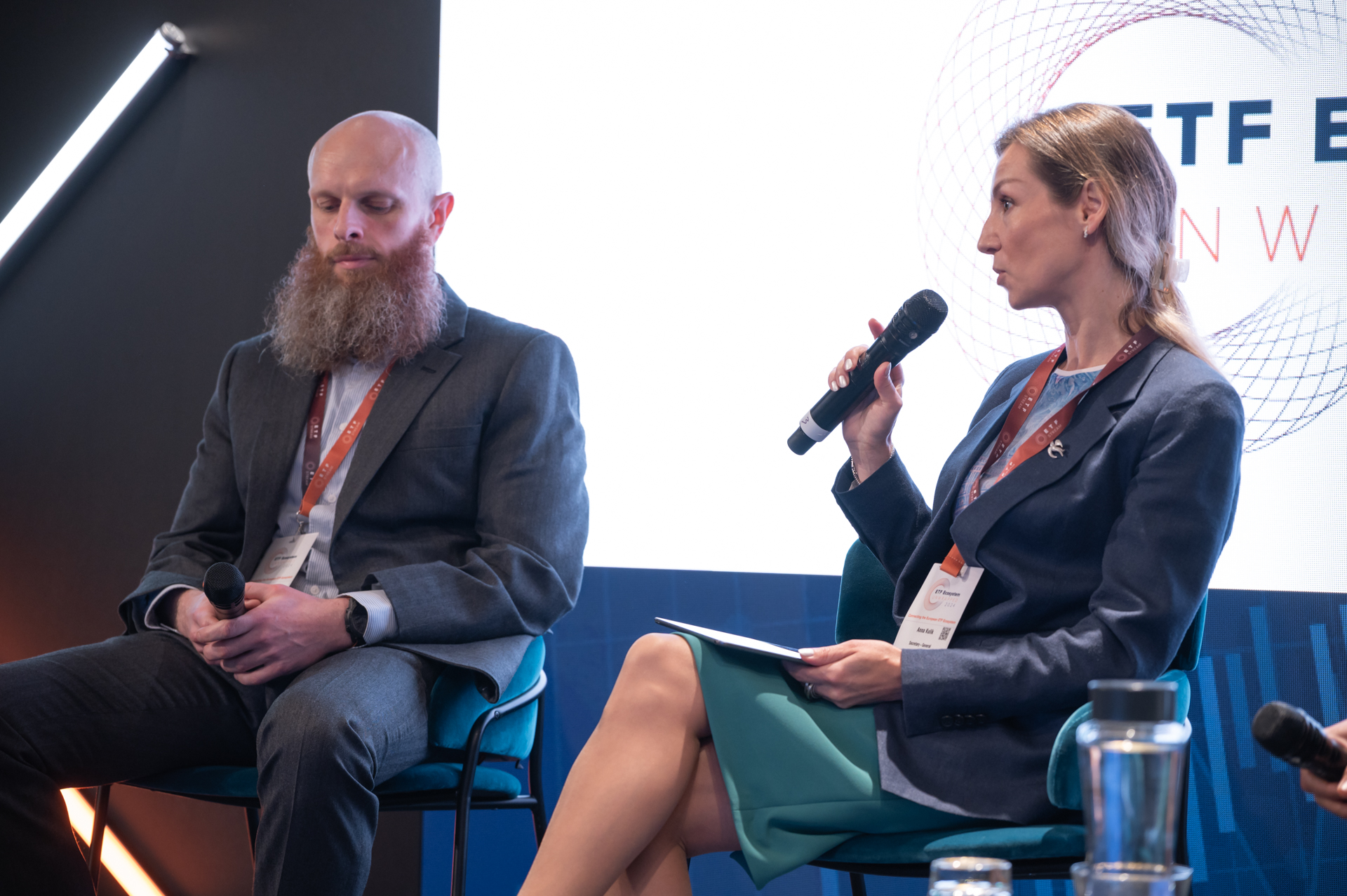
10. Hurdling primary market inefficiencies
In the panel ‘European ETFs: Transforming The Primary Market’, it was revealed that the European ETF market could grow bigger than the US, with the right technology in place.
For this to happen, technology for serving the AP community and upstream processes will need to be rethought, with automation emerging as a crucial component for improving efficiency in the primary market.
Firms are already working to develop automation on platforms, which in turn enhance transparency, making the entire ETF ecosystem run more smoothly.
This article first appeared in ETF Insider, ETF Stream's monthly ETF magazine for professional investors in Europe. To read the full edition, click here.
